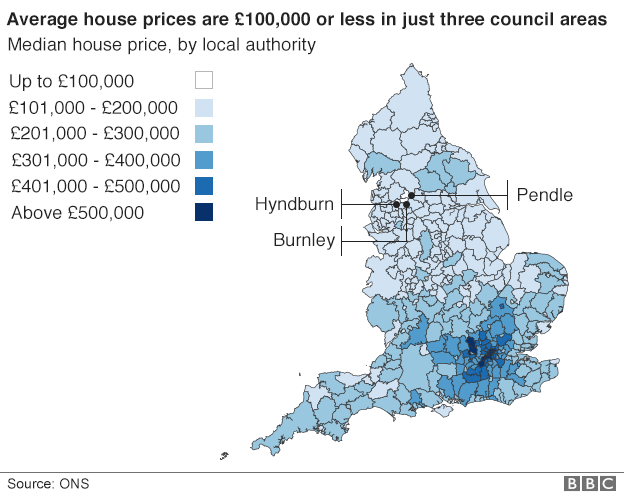Reality Check: Who could social care changes affect?
- Published

The Conservatives announced changes to the way social care is funded in England as part of their manifesto, external launch on Thursday.
Social care is devolved, so there are different policies in Scotland, Wales and Northern Ireland.
Unlike Labour and the Liberal Democrats earlier in the week, the Conservatives have not provided official costings for their policies in their manifesto.
The key changes are:
Taking into account the value of someone's home when means-testing for care at home, in the same way as they currently do for those in a care home
Increasing the amount of savings and property people can have while still getting their social care costs paid from £23,250 to £100,000
A government source suggested that the combination of these policies and the plan to means-test the winter fuel payments could save a total of around £2bn.
Winter fuel allowance currently costs £3bn a year. We do not know on what basis it will be means-tested, but it is not unreasonable to think half the money could be saved by means-testing, as the Institute for Fiscal Studies suggested.
Tory care plan: Why many will pay more
About three times as many, external people receive care at home than are in care homes, so the change to allow the value of their homes to be included in means-testing would affect a lot of people.
A key group affected would be those receiving care at home whose properties are worth more than £100,000.
In London, where some areas have average prices of more than £1m, that will be a lot more homes than in Burnley, where an average house costs £88,000., external
That is average measured by the median, which is the house in an area for which half are dearer and half cheaper.
Only three local authorities in England have median house prices below £100,000 and you can see from the map above where they are.
We also have an idea of the distribution of wealth across England - we're interested in the group of people with assets of more than £100,000 who would have had to pay for care under the old system but not under the new one.
We don't have figures on that precise group, but the ONS wealth and assets survey can help.
The chart below shows that 85% of people in Britain aged 65 or older lived in households with wealth of more than £85,000 in 2014, with almost three-quarters having assets worth more than £200,000.
About 10% of over-65s have wealth between £20,000 and £85,000.
There is an important caveat for the idea of £100,000 of savings being safe from care costs. At the moment, even if the council pays for your care there are still other costs you have to factor in. An elderly person living in a residential care home still has to pay for their bed and board even if their assets are low enough that their local council funds all their care.
Social care is devolved. In England the majority of councils pay for only the most in need. Home care is capped at £70 a week in Wales and free for the over-75s in Northern Ireland, while Scotland provides free help with things such as washing and dressing.



- Published18 May 2017

- Published18 May 2017

- Published18 May 2017
- Published24 February 2017